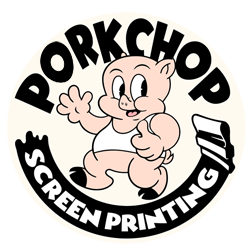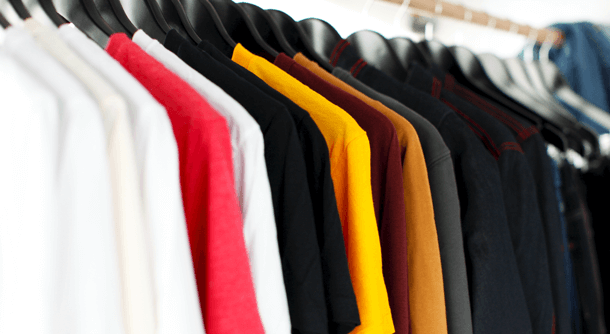One of the most affordable and versatile ways to express yourself is to create a custom screen print shirt. Whether it’s for a family reunion, a senior class vacation, volunteering in the community, taking part in a weekend beer league, putting together a workplace team for fundraising, starting a fan club for your favorite local band, or just because your buddy created a great design, it’s easy to get started on printing custom t-shirts.
First thing’s first — since it’s summertime, you should think about the sort of fabric your t-shirts will be made from. Not only is the material essential to the printing process in terms of the crispness of the design and the brightness of the colors, but the breathability and wearability are also important. No one wants to wear an itchy, sticky, sweaty shirt, no matter how awesome the design is.
For spot color screen printing, which is the most common fabric print method, cotton is an ideal material. Cotton, as a natural cloth, will readily absorb the ink, helping to ensure a vibrant print. Also, the outside surface of a cotton t-shirt is typically smooth, which assists in transferring over crisp, clean lines and sharp details.
Cotton is known as a breathable fabric. The fibers wick away moisture and also release odors much more readily than an oil-based material like polyester (which is synthetic). Wearing cotton during the hot summer months means that you not only will stay cooler, but you will smell better in the long run. Also, cotton is soft and lightweight, so it feels good to wear!
REQUEST A QUOTE TODAY!

